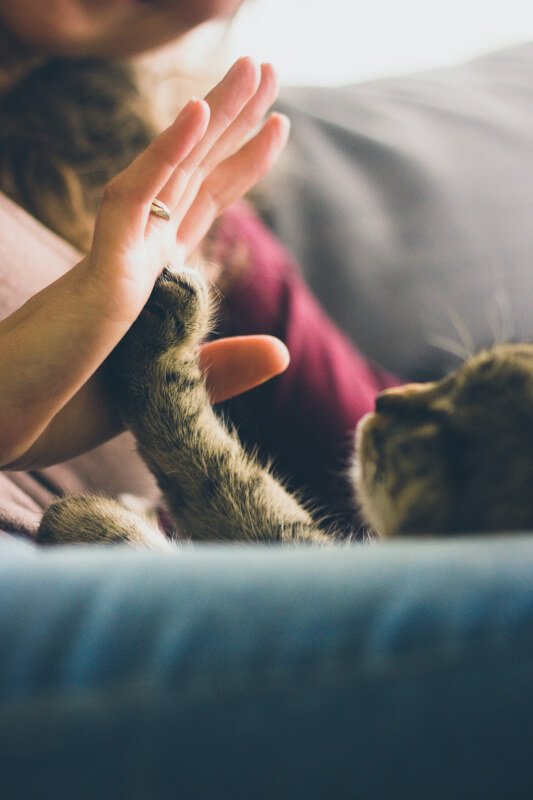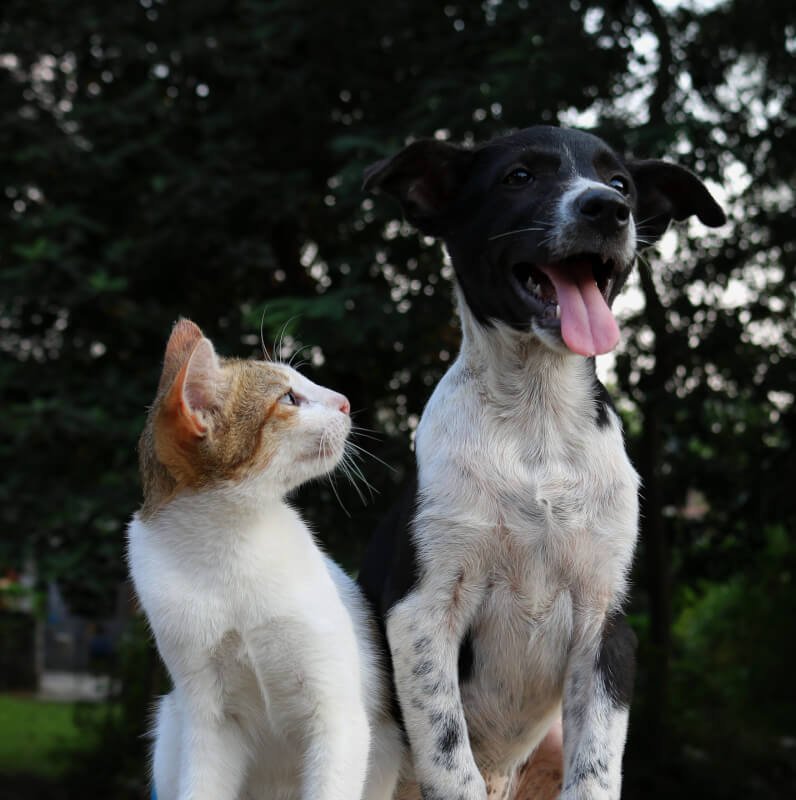Are you considering getting a corn snake as a pet? One of the first things you need to think about is the size of the enclosure. As curious and active reptiles, corn snakes require enough space to roam and explore comfortably. In this article, you will discover the ideal size of enclosure for a corn snake, ensuring a happy and healthy habitat for your new scaled friend. So, let’s get started and find the perfect home for your corn snake!

Importance of Proper Enclosure Size
Proper enclosure size is crucial for the health and well-being of your corn snake. Providing adequate space allows your snake to thrive and grow to its full potential. It also helps create an environment that supports optimal temperature and humidity levels, ensuring your snake’s comfort and overall health.
Providing Adequate Space for Growth
When considering enclosure size for your corn snake, it’s essential to factor in the growth potential of your snake. Corn snakes can reach varying sizes depending on their age, genetics, and care. Offering a spacious enclosure allows your snake to stretch out, explore, and engage in natural behaviors such as climbing and burrowing. This freedom of movement is essential for their physical and mental well-being.
Optimizing the Snake’s Health and Well-being
Proper enclosure size plays a significant role in optimizing the health of your corn snake. A cramped and confined space can lead to stress, which may result in a variety of health issues, including regurgitation and respiratory problems. Providing an adequately sized enclosure gives your snake the opportunity to move and exercise, promoting muscle development and overall fitness.
Ensuring Proper Temperature and Humidity Levels
The size of your corn snake’s enclosure also affects its ability to maintain the proper temperature and humidity levels. A larger enclosure allows for better airflow, making it easier to maintain the desired temperature gradient and humidity. By providing ample space, you can create distinct temperature zones and humidity levels, improving your snake’s thermoregulation and preventing respiratory issues caused by inadequate humidity.
Factors to Consider
When determining the appropriate size for your corn snake’s enclosure, several factors need to be taken into account.
Age and Size of the Corn Snake
The age and size of your corn snake are important considerations when choosing an enclosure size. Juvenile corn snakes will require a smaller enclosure initially, but they will eventually outgrow this space. As corn snakes can grow to varying lengths, it’s crucial to consider both the current size of your snake and its potential for future growth.
Activity Level and Behavior
Some corn snakes are more active than others, so considering your snake’s activity level and behavior is essential. Highly active corn snakes benefit from larger enclosures that allow for plenty of movement, while more sedentary snakes may do well in slightly smaller spaces. Monitoring your snake’s behavior and providing an environment that accommodates its needs will ensure its well-being.
Potential for Future Growth
It is crucial to consider your corn snake’s potential for future growth when choosing an enclosure size. While your snake may be small now, it will continue to grow over time. Investing in a larger enclosure from the beginning can save you the hassle and expense of frequent upgrades as your snake grows. Plus, providing ample space from the start promotes a healthy and stimulating environment for your snake.
General Guidelines for Enclosure Size
To help you determine the appropriate enclosure size for your corn snake, here are some general guidelines to consider:
Minimum Size for Juvenile Corn Snakes
For small, juvenile corn snakes, a 10-gallon tank is typically suitable. This size provides enough space for your snake to move around comfortably while still feeling secure. Additionally, a smaller enclosure helps maintain proper temperature and humidity levels during the initial stages of your snake’s life.
Recommended Size for Adult Corn Snakes
As your corn snake grows into adulthood, it will require a more substantial enclosure. Generally, a 20-gallon tank is considered adequate for adult corn snakes. However, depending on the size of your particular snake and its activity level, you may want to consider providing an even larger enclosure to ensure ample space for movement and enrichment.
Choosing the Right Type of Enclosure
Several types of enclosures are available for housing corn snakes. Each has its advantages and disadvantages, and choosing the right one depends on your snake’s needs and your personal preferences.
Glass Tanks
Glass tanks are a popular choice among corn snake owners for their visibility and aesthetic appeal. They allow you to observe your snake easily and provide a natural-looking habitat. However, it is essential to ensure adequate ventilation in glass tanks to prevent excessive humidity and poor airflow.
Plastic Enclosures
Plastic enclosures, such as stackable tubs or plastic terrariums, offer a lightweight and customizable option for housing your corn snake. They are easy to clean and typically provide good heat retention. However, limited visibility can be a downside for those who enjoy watching their snakes.
Reptile Racks
Reptile racks are another option for housing corn snakes, especially for breeders or owners with multiple snakes. These racks are efficient in terms of space and provide a controlled environment. However, they may lack the visual appeal of other enclosure types, and it can be challenging to provide a naturalistic setup.
Custom-built Enclosures
For those who want to create a customized habitat for their corn snake, custom-built enclosures are an excellent option. They allow for maximum flexibility in terms of size, design, and aesthetics. However, custom-built enclosures can be more expensive and time-consuming to set up.
Consider your snake’s needs, your level of experience, and the available space when choosing the type of enclosure that best suits you and your corn snake.

Implementing Proper Security Measures
Ensuring the safety and security of your corn snake is paramount when selecting an enclosure. Here are some security measures to consider:
Securely Fitted Lid or Cover
Select an enclosure with a securely fitted lid or cover to prevent your snake from escaping. Corn snakes are excellent escape artists and can squeeze through small gaps or openings. A tightly secured lid ensures that your snake remains safely confined to its enclosure.
Escape-proof Design
Choose an enclosure with an escape-proof design to minimize the risk of your corn snake finding a way out. Ensure that the walls, vents, and openings are appropriately sealed and that there are no potential escape routes. Regularly inspect the enclosure for any wear or damage that could compromise its security.
Locking Mechanisms for Safety
Adding a locking mechanism to your corn snake’s enclosure provides an extra layer of security. Many types of enclosures come with built-in locks or can be modified with additional security features. These locks prevent unauthorized access and ensure that your snake remains safe at all times.
Setting Up the Enclosure
Properly setting up your corn snake’s enclosure is essential for creating a comfortable and enriching environment. Consider the following factors when setting up the enclosure:
Substrate Selection
Choosing the right substrate is crucial for your snake’s comfort and health. Options such as aspen shavings, cypress mulch, or reptile carpet are commonly used substrates for corn snakes. Research the pros and cons of each substrate type to determine which one suits your snake best.
Hiding Spots and Decorations
Providing hiding spots is essential for your corn snake’s sense of security. Use various hiding spots, such as artificial caves, half logs, or hide boxes, to mimic natural hiding places. Decorate the enclosure with non-toxic plants, rocks, and branches to create a stimulating and natural-looking environment.
Branches and Climbing Opportunities
Corn snakes are semi-arboreal, meaning they enjoy climbing and perching on branches. Adding branches or climbing structures allows your snake to exhibit natural behaviors and promote muscle development. Ensure the branches are securely placed to prevent any accidents or injuries.
Lighting and Heating Elements
Corn snakes require a proper balance of light and heat to support their overall health. Provide a temperature gradient in the enclosure by placing heating elements, such as heat pads or ceramic heat emitters, at one end. Use appropriate lighting, such as a UVB bulb, to simulate natural daylight. Consult a reptile expert for guidance on the ideal temperature and lighting requirements for your specific corn snake.
Maintaining Temperature and Humidity
Monitor and regulate the temperature and humidity levels within the enclosure to ensure your corn snake’s well-being. Use a reliable thermometer and hygrometer to accurately measure these parameters. Adjust the heat sources and mist the enclosure as needed to maintain the recommended temperature and humidity range for your snake’s species.

Common Mistakes to Avoid
Avoiding these common mistakes will help ensure that your corn snake has an appropriate and comfortable enclosure:
Purchasing an Enclosure That Is Too Small
One of the most common mistakes is purchasing an enclosure that is too small for your corn snake. Remember that your snake will continue to grow, so investing in an enclosure that anticipates its future size is crucial. Starting with an appropriately sized enclosure saves you the hassle of frequent upgrades and provides a spacious and comfortable living space for your snake.
Neglecting to Upgrade the Enclosure as the Snake Grows
Failure to upgrade the enclosure as your snake grows can lead to severe health problems. A cramped space restricts movement and causes stress, which can impact your snake’s overall well-being. Regularly assess your snake’s size and behavior to determine when it’s time for an enclosure upgrade.
Inadequate Heating and Lighting
Improper temperature and lighting can have detrimental effects on your corn snake’s health. Inadequate heating or insufficient access to UVB lighting can lead to digestion issues, metabolic bone disease, and other health problems. Consult with a reptile expert to determine the appropriate heat and lighting setup for your specific snake species.
Consulting with a Reptile Expert
When it comes to ensuring the best care for your corn snake, it is always beneficial to seek professional advice. Consulting with a reptile expert, such as a reptile veterinarian or experienced snake keeper, can provide valuable insights and guidance on enclosure size, setup, and maintenance. They can also address any specific concerns or questions you may have regarding the care of your corn snake.
Seeking Professional Advice
Reptile experts can provide personalized recommendations based on your snake’s specific needs. They can assist in assessing your snake’s current enclosure and providing guidance on necessary adjustments. Additionally, they can offer insights into potential health issues, behavior concerns, and other factors that may impact your snake’s well-being.
Joining Reptile Communities or Forums
Joining reptile communities and forums is another great way to connect with experienced snake keepers and enthusiasts. These online platforms allow you to ask questions, seek advice, and share experiences with fellow corn snake owners. Participating in these communities can provide a wealth of knowledge and support throughout your journey as a corn snake owner.

Conclusion
Proper enclosure size is of utmost importance for the health and well-being of your corn snake. By providing adequate space, you give your snake the opportunity to grow, thrive, and engage in natural behaviors. This, in turn, promotes optimal health, temperature regulation, and overall happiness.
Consider the age, size, and potential growth of your corn snake when selecting an enclosure size. Choose the appropriate type of enclosure based on your snake’s needs and your personal preferences. Implement the necessary security measures to ensure your snake’s safety and prevent any escapes.
When setting up the enclosure, focus on substrate selection, hiding spots, climbing opportunities, and proper lighting and heating elements. Avoid common mistakes such as purchasing a small enclosure, neglecting to upgrade as your snake grows, and providing inadequate heating and lighting.
If in doubt, consult a reptile expert to receive professional advice and join reptile communities or forums to connect with experienced snake keepers. Remember, creating the ideal enclosure for your corn snake is a crucial step in providing it with a comfortable and enriching environment for a happy and healthy life.


